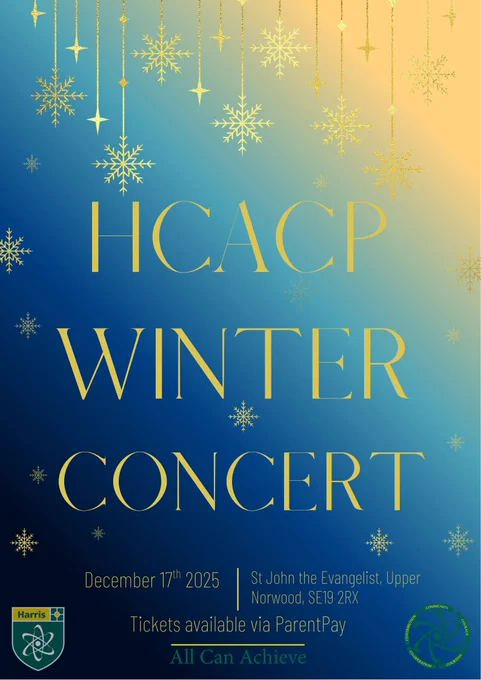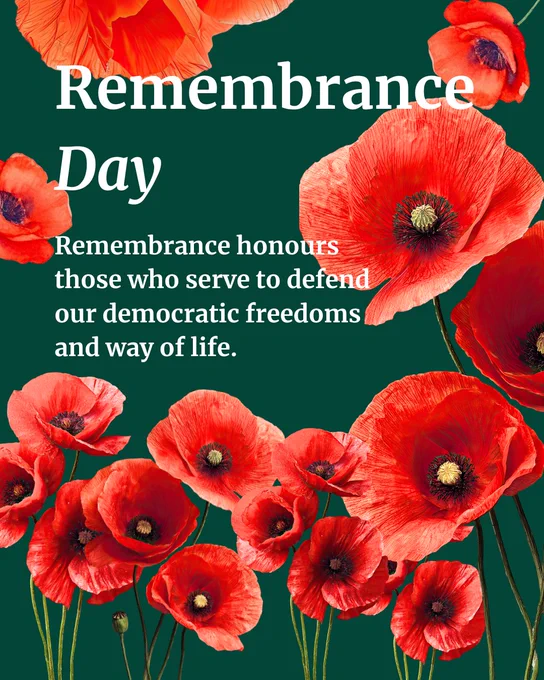Latest News
Posted on March 3rd 2014
HCACP Most Oversubscribed School
Once again HCACP is officially the most oversubscribed, non-selective, co-educational, non-faith, state school in the country!
Originally published on The Telegraph website here at 9:30PM 28 Feb 2014:
Tens of thousands of pupils face missing out on their favoured secondary school after the most sought-after institutions were flooded with as many as 12 applications for each place.
One in seven children in England – around 76,000 – are likely to be forced to accept second, third or even fourth-choice schools amid mounting competition between pupils.
Demand for places is most fierce at an elite band of grammar schools and state-funded academies which often draw applications from families living several miles away.
Figures obtained by the Telegraph show that more than 10 pupils were chasing each place at some schools, rising as high as 12 in one case.
The disclosure is made before "National Offer Day" on Monday when the parents of around 530,000 English 11-year-olds will discover which state secondary school they have been allocated for September.
In total, some 1,863 pupils sat the entrance exam to get into Tiffin School, Kingston upon Thames, for just 160 places.
Harris City Academy Crystal Palace, in south London, was the most sought-after comprehensive, with 2,016 applications for 180 places – a ratio of just over 11-to-one.
Competition is most fierce in parts of London and the south east where parents can traditionally choose between dozens of easily accessible schools.
But data shows that some schools outside the capital are also being inundated with applications this year.
William Hulme’s Grammar School in Manchester has received 1,191 applications for just 120 places – almost 10 pupils for each spare desk.
The sheer number of applications for England’s top schools has led to the introduction of more lottery-style admissions policies this year designed to stop wealthier parents moving into the catchment area to secure places.
Janette Wallis, senior editor of The Good Schools Guide, said parents were going to extreme lengths to get their children into top schools, including tutoring children for grammar entrance exams, cheating on application forms and feigning religion to gain access to top faith schools.
“It’s now a rarity to find a child aiming for a place at a grammar school who has not received some private tutoring,” she said.
“Fiddling catchment areas remains a temptation too great for some, whether using a grandparent’s address, renting a small flat nearby, trying to pass a cousin off as a sibling or even delaying having a second child till the first one is safely into a ‘good’ school.
“Faith schools see parents polishing brasses for years. We’ve seen more than a few parents seriously considering converting themselves and their children to Catholicism to get into a particular school.”
Parents can choose from between three and six state schools depending where they live.
Figures show that just over 530,000 pupils currently in the final year of primary school are eligible to apply for secondary places starting in September.
Experts said an estimated one-in-seven would miss out on their first choice this year – around the same as in 2013. Some 3.5 per cent – 18,500 – will probably be rejected from at least three schools.
Research by the Telegraph shows the Government’s academies – state-funded institutions run free of local authority control – have received some of the largest numbers of applications this year.
The Harris Federation, a charity sponsoring 27 schools, said that all its schools were oversubscribed. Its flagship academy in Crystal Palace had an application rate of 11.2-to-one.
Chobham Harris Academy – a school opened in the old athletes’ village next to the Olympics site in east London – has had 1,028 applications for 120 places, a ratio of 8.6-to-one.
Harris Academy Purley in south London had six applications per place and Harris Academy Chafford Hundred in Essex had almost four. It also emerged that:
- The United Learning academy chain revealed that it had 4.4 applications for each place at Walthamstow Academy in east London and 4.1 at Paddington Academy in central London;
- Ark Schools, which runs 25 academies, said its schools received an average of three applications per place. Its Wembley academy in north London had 1,388 applications for 180 places – eight to one – while the King Solomon Academy in central London received more than six applications per place and the Bolingbroke Academy in Battersea had more than five applicants for each place;
- West London Free School – a state-funded institution co-founded by the journalist Toby Young – had 1,124 applications for 120 places, which is just over nine per place.
Large numbers of pupils were also enrolled in entrance exams for England’s 164 remaining grammar schools.
Some 1,863 boys sat the entrance test for Tiffin School, attempting to claim one of the 160 places on offer – a ratio of 11.6-to-one.
At Sutton Grammar School in south London some 651 boys were invited back for a second test – competing for 120 places.
In Slough, some 3,500 pupils sat the combined entrance exam for 540 places at the town’s four grammar schools.
But John Constable, head of Langley Grammar School, insisted figures for entrance exams were misleading because large numbers of pupils were entered despite having very little chance of getting in.
Only the top third of pupils are actually in the running for a place he said, adding: “A number of parents are putting children in for the 11-plus when realistically they do not fall anywhere near the top 30 per cent of the cohort.
“There is a very intense industry in coaching and tutoring and sometimes there’s a mismatch between children’s performance in the 11-plus and their real ability when they come into the school. That’s a real issue.”
A Department for Education spokesman said: “Every parent deserves the chance to send their child to a good school. Thanks to our reforms, the number of children in failing secondary schools has already fallen by a quarter of a million since 2010.
“We are increasing the number of good school places by tackling underperformance, opening new free schools and academies, and allowing good schools to expand without the restrictions and bureaucracy they faced in the past.
“We have also more than doubled to £5 billion the funding available to local authorities to create new school places in response to demographic pressures.”
Graeme Paton
Education Editor






















